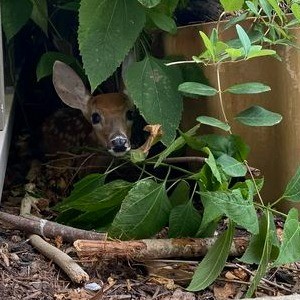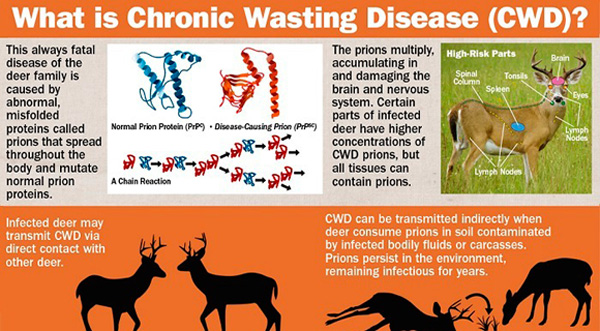Fitness
Front Royal Welcomes New Outdoor Fitness Station at Burrell Brooks Park

Fawns are being born and people are finding them.
White-tailed deer cannot be rehabilitated in our county as it is part of a Chronic Wasting Disease containment zone. Because of this, we don’t often admit deer or fawns.
Our “treatment” of fawns occurs through our hotline, where we advise finders on when fawns actually need help or, more commonly, how to reunite them with their mothers or adoptive does.
Fawn found alone, without mom around?
Fawns (young deer) are most commonly found when people or pets stumble upon them, spook them, or hear them crying.
No mom? No problem! A doe (female deer) will leave their fawn for upwards of 12-14 hours a day, meaning if you don’t see her, her plan worked!
This helps keep fawns safe from predators, since mom can outrun them but the babies cannot. Staying quiet and hidden keeps them safe.
In most cases, there is no reason to intervene.
As long as they’re curled up like the fawn pictured here—quiet, with their legs tucked up underneath of them—that fawn is fine!

What if the fawn is crying?
Even if a fawn is crying, leaving them be can give mom an opportunity to come get them, or allow an adoptive mom to find them.
Again, even if something has happened to a fawn’s biological mother, does are notorious for accepting orphans and caring for them alongside their own fawns!
Deer herds often have multiple mothers lactating at the same time making adoption the best option if mom passes away.
Please give adoptive mothers every possible chance to give fawns the opportunity to be raised by their own kind.

When to help a fawn.
A fawn needs help when they’re obviously injured or ill, laying on their side with their legs out from underneath them, or if they have fly eggs or maggots on them.
Contrary to popular belief spread on social media, “curled ears” mean nothing in terms of gauging whether or not a fawn needs assistance—please do not consider this a sign of anything.
If a fawn DOES need help, please be aware that there are certain Disease Management Areas, in which fawns cannot be rehabilitated nor can they be transported out of these counties.
These counties include Arlington, Bland, Carroll, Clarke, Culpeper, Fairfax, Fauquier, Floyd, Franklin, Frederick, Loudoun, Madison, Montgomery, Orange, Page, Patrick, Prince William, Pulaski, Rappahannock, Roanoke, Shenandoah, Smyth, Tazewell, Warren, and Wythe counties.
This is due to Chronic Wasting Disease, a disease that is fatal to deer, being found in or adjacent to these counties.

What is Chronic Wasting Disease?
Once in an area, Chronic Wasting Disease prions can live in the soil for years.
Spread through saliva, urine, and other bodily fluids, this makes transporting fawns around the state especially dangerous to the deer population as it can introduce this disease (and others) to new areas and consequently shut down rehabilitation access to fawns in that area.

If you have ANY questions about a deer, please don’t hesitate to call us or your nearest rehabilitator.
Despite our inability to rehabilitate fawns, we can still advise you the next best steps given your unique situations, or reassure you that the fawn is in fact fine and healthy and safe to leave.
If you do find a severely injured fawn in a Disease Management Area, or a severely injured adult in any county, it is best to call the local police as they may be able to send an officer out to dispatch that animal to limit suffering.
This is typically the most humane option as it does not require handling nor transport of an injured animal—both of which can be extremely stressful. If police are unable to assist, some rehabilitators (including our center) may be able to offer humane euthanasia so that the fawn does not need to suffer further.
It is always better to call and ask for advice than leave an animal to suffer!








:max_bytes(150000):strip_icc()/roundup-writereditor-loved-deals-tout-f5de51f85de145b2b1eb99cdb7b6cb84.jpg)


